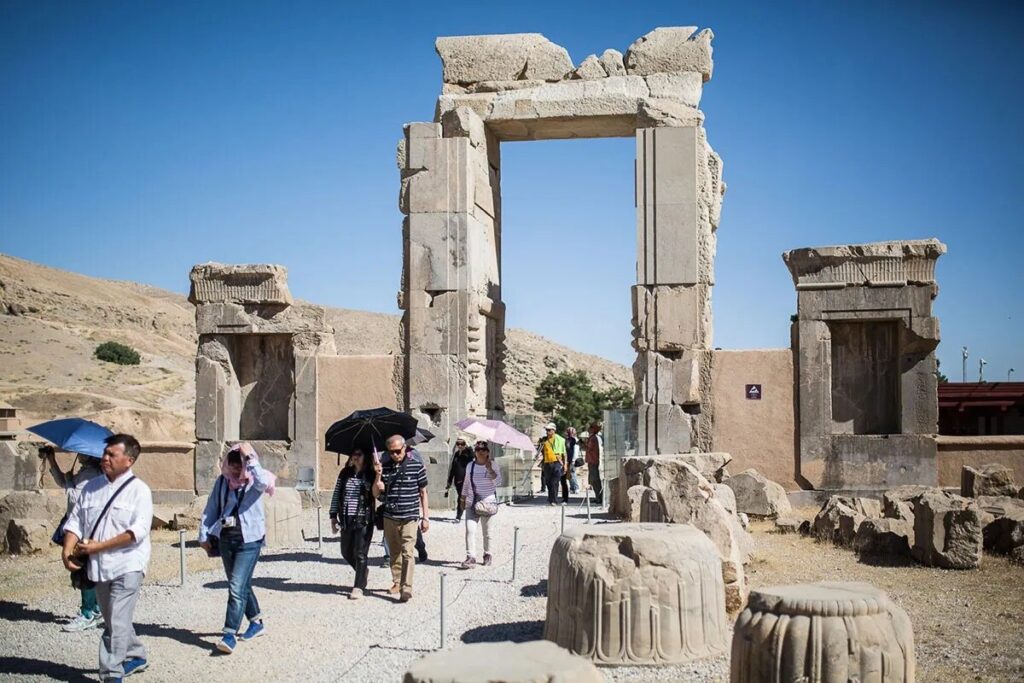TEHRAN – Iran’s Minister of Cultural Heritage, Tourism and Crafts, Seyed Reza Salehi Amiri announced at a cabinet meeting on Sunday that around 4,000 historic sites and buildings across the country are under threat due to land subsidence.
According to a detailed report presented to the Cabinet on June 8th, affected locations include historic monuments, museums, ancient villages and tourist attractions. Salehi Amiri described the land subsidence as a “silent earthquake” that is steadily damaging these valuable cultural assets.
“Land subsidence poses a serious and growing risk to our heritage,” he said, highlighting the urgent need for surveillance and conservation measures. He warned that without immediate intervention, irreparable harm could come to some of the country’s most precious historic sites.
So far, many experts and cultural heritage enthusiasts have highlighted that the phenomenon has already caused structural damage in several regions, including the ancient city of Isfahan and the UNESCO registered Persepolis, calling for interagency cooperation to mitigate further risks.
Based on available data, Isfahan is at the highest risk of land subsidence in the country, and it ranks first in subsidence zoning in terms of the number of cities and the amount of worn fabric.
Sources say Isfahan’s sinking is moving at a crazy speed. Now, after this phenomenon has penetrated residential structures, facilities and basic infrastructure, several historical monuments have reached thresholds.
For example, Mehdi Zare, a senior professor at the International Institute of Earthquake Engineering and Seismic Research, issued an alarm by accelerating the subsidence of land near two of Iran’s most iconic archaeological sites: Naqsh-e Rostam, the Necropolis of Achaemenid Kings, the Necropolis of ACHAEMEMENIHE’s capital, the Necropolis of Akhaemianko’s capital, and the Necropolis of Akemenko’s capital. Agricultural practices continue on the fertile plains of Fars.
In a recent panel of experts on climate change and cultural heritage, between cultural heritage held at the Institute of Cultural Heritage and Tourism (RICHT) in late May, Zare warned that the subsidence rate in the Marvdasht area, where Achemenid treasures are located, reached 20-30 centimeters each year.
“This phenomenon not only threatens Iran’s invaluable cultural heritage, but can also affect the activation of local fault lines,” he said.
Zare called for urgent measures to control unregulated groundwater extraction and to revise agricultural policies that are exacerbating the crisis. “It is unsustainable and dangerous to extract excess groundwater beyond the charge level,” he emphasized.
morning

